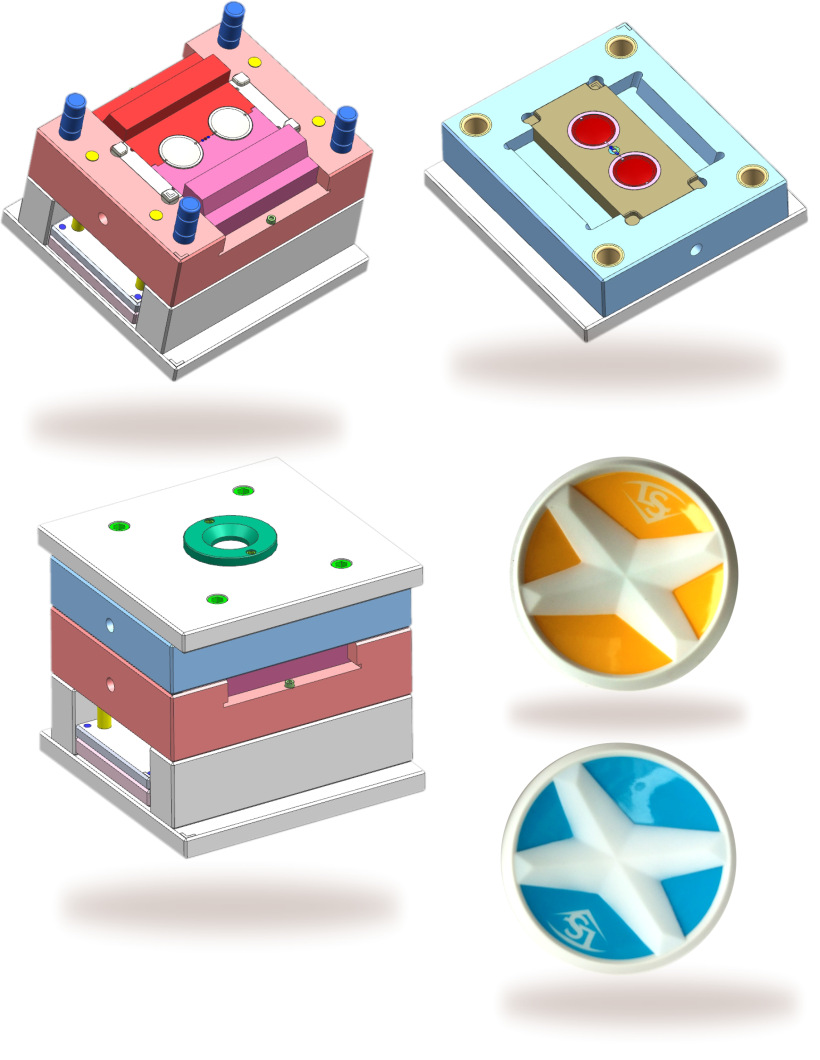(In-Mold Decorating, abbreviated IMD) is a technique for decorating the inside of a plastic injection mold, which has several advantages:
High efficiency. In-mold injection moulding enables fast, automated production and simultaneous production of multiple parts at a time, thereby increasing production efficiency.
High precision. The parts produced by in-mold injection molding have high precision, stable size and uniform weight, which can meet the needs of different products.
Low cost. In-mold injection molding does not require a lot of manpower, equipment and other resources, which can save raw materials, reduce labor costs and manufacturing time, thereby reducing costs.
Environmental protection and energy saving. In-mold injection consumes less energy than traditional processes, and waste plastic materials can be recycled and reused, meeting environmental requirements.
Strong design flexibility. In-mold injection molding can be customized according to different customer needs, and plastic injection products with different shapes and high precision can be produced to meet the needs of different industries and fields.
High temperature resistance. The in-mold injection film can usually withstand high temperatures of more than 200 ° C to ensure that it will not lose its protective role in injection molding production.
Good flexibility. The material of the injection PTE film in the mold is flexible and can adapt to different shapes of the mold, and there will be no cracking phenomenon.
Prevent mold contamination. The injection film in the mold can avoid the radioactive dust generated during the injection process to adhere to the mold and keep the mold clean.
Improve the surface finish of plastic parts. The in-mold injection film can avoid the adhesion of latex, dust, grease and other substances to the surface of the plastic parts to ensure the surface finish and quality of the plastic parts.
A variety of styles. In-mold injection molding can create special patterns of metal plating or natural materials according to customer requirements.
The process is simplified. Only one set of molds is required in the in-mold injection molding process, unlike other alternative processes that need to open multiple sets of fixtures, which can remove the manpower and man-hours of a single operation procedure and reduce system costs and inventory costs.





